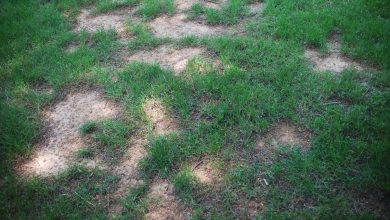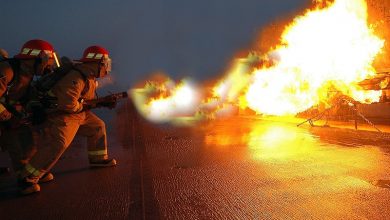How To Repair A Hydraulic Cylinder

Hydraulic cylinders from cylindersinc.com convey fluids to one or more ports to drive a piston into an extended or retracted position. The piston connects to a rod that is mounted to some surface or component to move it. These cylinders are also known as hydraulic actuators. Repair of these cylinders usually involves overhauling the entire assembly. This repair process is simplified by the fact that each cylinder usually has a specific rebuild kit for that cylinder, which will include all the worn parts that need to be replaced.
Disassemble
Open the cylinder fluid ports, drain the hydraulic fluid from the cylinder, and then fully extend the piston rod.
Secure the cylinder in a vice. Be careful when tightening the vise. Some cylinders can be damaged by tightening the vise around their centers or link heads.
Remove the end cap or other retaining device from the rod. Some piston rods are secured by a removable cap, while others are held together by circlips or gland nuts. You may need a special rod end cap removal tool to remove the retainer from your particular cylinder.
Pull out the entire stem assembly and clamp it in the soft-jawed vise.
Unscrew the nut from the end of the piston rod and remove all parts connected to the piston rod.
Remove all seals and gaskets from the piston and other application components. These may include a guide rod or head press, as well as other components. Each hydraulic cylinder will have a seal kit that contains all the sealing devices that must be replaced to rebuild that specific cylinder. You may need to use special seal removal tools and seal removal pliers.
Reassemble
Remove plastic debris and sharp edges from inside the barrel or on the stem by grinding with an emery cloth. Replace parts with deep scratches or grooves. Install the new seals on all parts of the cylinder from which the seals were removed. It may be necessary to compress the main piston ring with a special seal compression tool on some cylinders before reinstalling it in the cylinder liner. Replace the piston and any other parts that were attached to the piston rod in the reverse order they were removed. Place the piston rod back into the soft-jawed vise and tighten the piston nut to its specified torque.
Tips
Always clean the cylinder from pneumatic cylinder company and perform repairs on a clean surface so that no harmful foreign particles can enter the cylinder during repairs.






